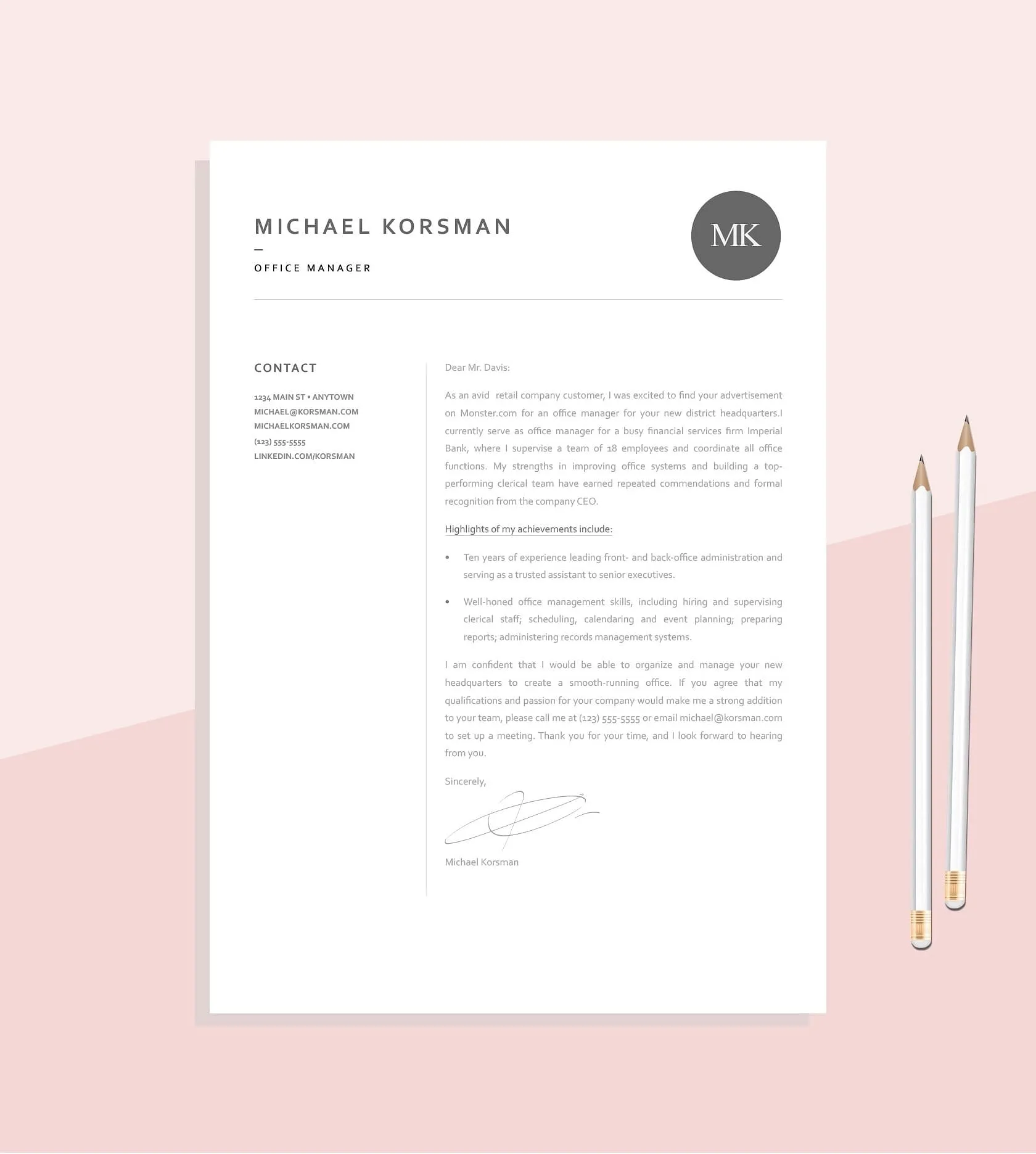Understanding the Cover Letter
A cover letter is a crucial document that accompanies your resume when applying for a job. It serves as your first introduction to a potential employer, offering you the opportunity to showcase your personality, skills, and enthusiasm for the role. Unlike a resume, which provides a summary of your qualifications, a cover letter allows you to elaborate on specific experiences, explain your motivations, and demonstrate your understanding of the job requirements. A well-written cover letter can significantly increase your chances of getting an interview, as it helps you stand out from other applicants and provides context to your resume. It is essential to approach cover letter writing with care and attention, ensuring it reflects your professionalism and aligns with the specific job you are targeting. The cover letter should be tailored to each position you apply for, highlighting the skills and experiences most relevant to the role and the company.
Why Cover Letters Matter
In today’s competitive job market, cover letters remain a vital tool for job seekers. They provide a platform to go beyond the confines of a resume and express your unique value proposition to the employer. A cover letter allows you to demonstrate your communication skills, writing abilities, and attention to detail. It shows you’ve taken the time to understand the company and the role, which signals genuine interest. Recruiters often use cover letters to assess a candidate’s fit within the company culture and their ability to articulate their qualifications effectively. Ignoring the cover letter can be a missed opportunity to make a strong first impression and highlight the aspects of your experience that best match the job’s requirements. A compelling cover letter can differentiate you from candidates who may have similar qualifications but lack the personalized touch that demonstrates enthusiasm and a clear understanding of the role.
Key Elements of a Cover Letter
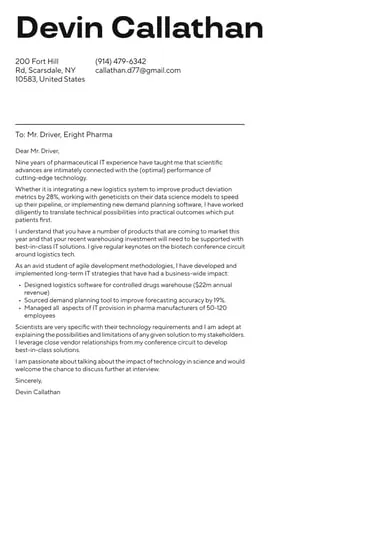
A successful cover letter incorporates several key elements that work together to create a compelling narrative. Start with a professional and well-formatted header that includes your contact information. Follow this with a personalized salutation, addressing the hiring manager or the appropriate contact person by name whenever possible. The introduction should immediately grab the reader’s attention, stating the position you’re applying for and briefly summarizing your most relevant qualifications. The body of the letter should highlight specific skills and experiences that align with the job description, providing examples to support your claims. In the closing, reiterate your interest in the position, express your gratitude for their consideration, and include a clear call to action, such as stating your availability for an interview. Proofread the document meticulously to eliminate any errors in grammar or spelling. A well-structured cover letter is easy to read and gives a complete picture of your abilities and suitability for the role.
Header and Contact Information
The header of your cover letter is the first thing the hiring manager sees, so it is essential to make it professional and easy to read. Begin by including your full name, address, phone number, and email address. Make sure that the email address is professional (e.g., firstname.lastname@email.com) and the phone number is one where you can be easily reached. Below your contact information, include the date, followed by the hiring manager’s name (if known), their title, and the company’s name and address. Formatting should be clean and consistent. Use a standard font like Times New Roman, Arial, or Calibri, and maintain a consistent font size throughout the document. The goal is to provide all necessary contact information in a clear and organized manner, enabling the recruiter to easily reach you if they decide to move forward with your application. This initial section of the cover letter sets the tone for the entire document and reflects your attention to detail.
The Salutation
The salutation of your cover letter is the greeting, and it sets the tone for the rest of the document. The best approach is to address the hiring manager or the specific person listed in the job posting by name. Researching the hiring manager’s name can show you’ve taken the time to learn about the company and its team. If you cannot find a specific name, use a professional greeting such as ‘Dear Hiring Manager’ or ‘Dear [Department Name] Team’. Avoid generic salutations like ‘To Whom It May Concern’ as they lack personalization and can come across as impersonal. Ensure that you spell the name correctly and double-check the title and gender to show respect. The salutation should be formal and appropriate for the context of a job application. A well-crafted salutation ensures your letter starts on a positive note and demonstrates professionalism.
Crafting a Compelling Introduction
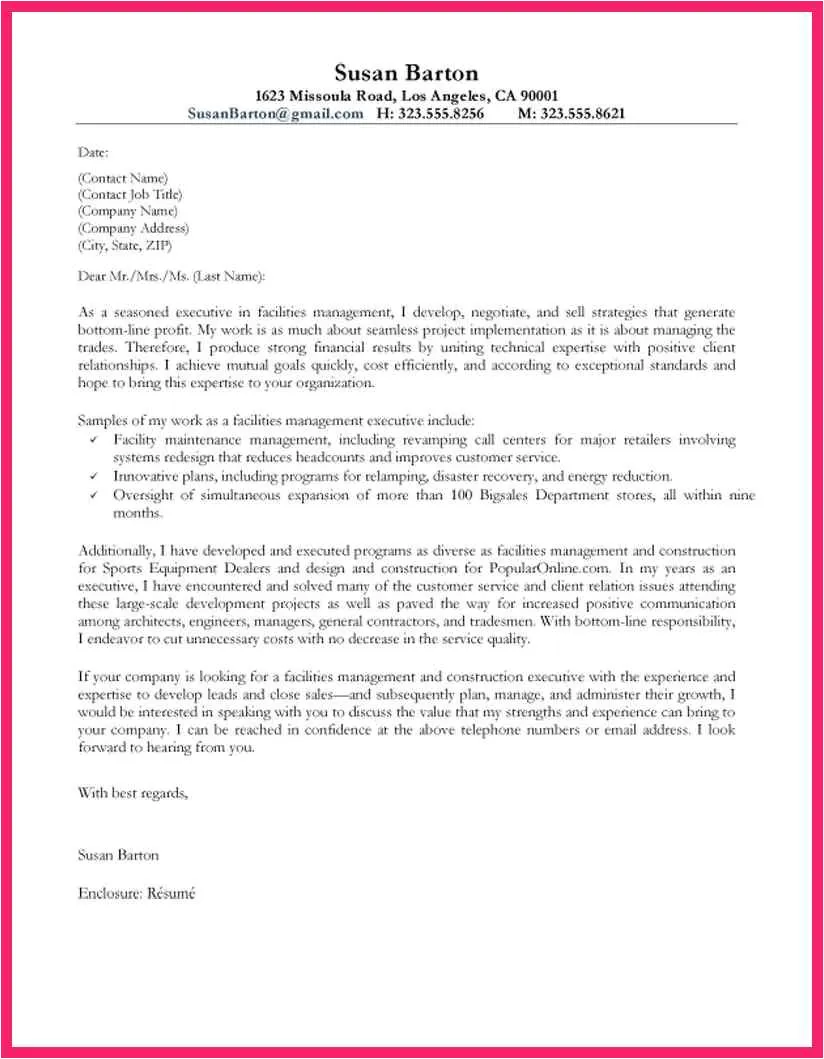
The introduction is your opportunity to capture the reader’s attention from the start. Begin by clearly stating the position you are applying for and where you found the job posting. Briefly mention how your qualifications align with the job requirements. Use a strong opening sentence that grabs the reader’s interest, such as highlighting a significant achievement or expressing your excitement about the opportunity. Avoid generic phrases like ‘I am writing to express my interest’. Instead, tailor your introduction to the specific job and company. Consider mentioning what initially attracted you to the role or company, demonstrating your knowledge of their mission or values. The introduction sets the stage for the rest of your letter and should make the reader want to learn more about you. Craft an introduction that is concise, engaging, and immediately conveys your suitability for the position.
Highlighting Your Skills and Experience
The body of your cover letter should expand on the skills and experiences mentioned in your resume, providing more details and context. Focus on the skills and qualifications most relevant to the job requirements. Instead of merely listing your experiences, provide specific examples of how you have demonstrated those skills in previous roles. Use the STAR method (Situation, Task, Action, Result) to structure your examples. Describe the situation, the task you faced, the actions you took, and the positive results achieved. Quantify your achievements whenever possible; for instance, instead of saying, ‘Managed a team’, say ‘Managed a team of 10 employees, increasing productivity by 15%’. Tailor your examples to match the language and requirements used in the job description. By providing clear, concise examples, you can prove your abilities and show the employer how you can add value to their organization. Use strong action verbs to describe your accomplishments and ensure that your letter is dynamic and engaging.
Tailoring Your Letter to the Job
One of the most important aspects of writing a great cover letter is tailoring it to each job you apply for. This means carefully reviewing the job description and identifying the key requirements and desired skills. Customize your letter by highlighting the relevant skills and experiences that align with these requirements. Show the employer that you understand their needs and can meet their expectations. Use keywords and phrases from the job description throughout your letter to demonstrate that you have carefully read and comprehended the role. Research the company and its values, and incorporate this information into your letter to show your interest and alignment with their culture. Avoid sending generic cover letters; instead, personalize each letter to showcase your genuine interest in the specific position and the company. A well-tailored cover letter indicates that you are a thoughtful applicant who has invested time and effort into the application process, setting you apart from candidates who send generic letters.
Quantifying Achievements
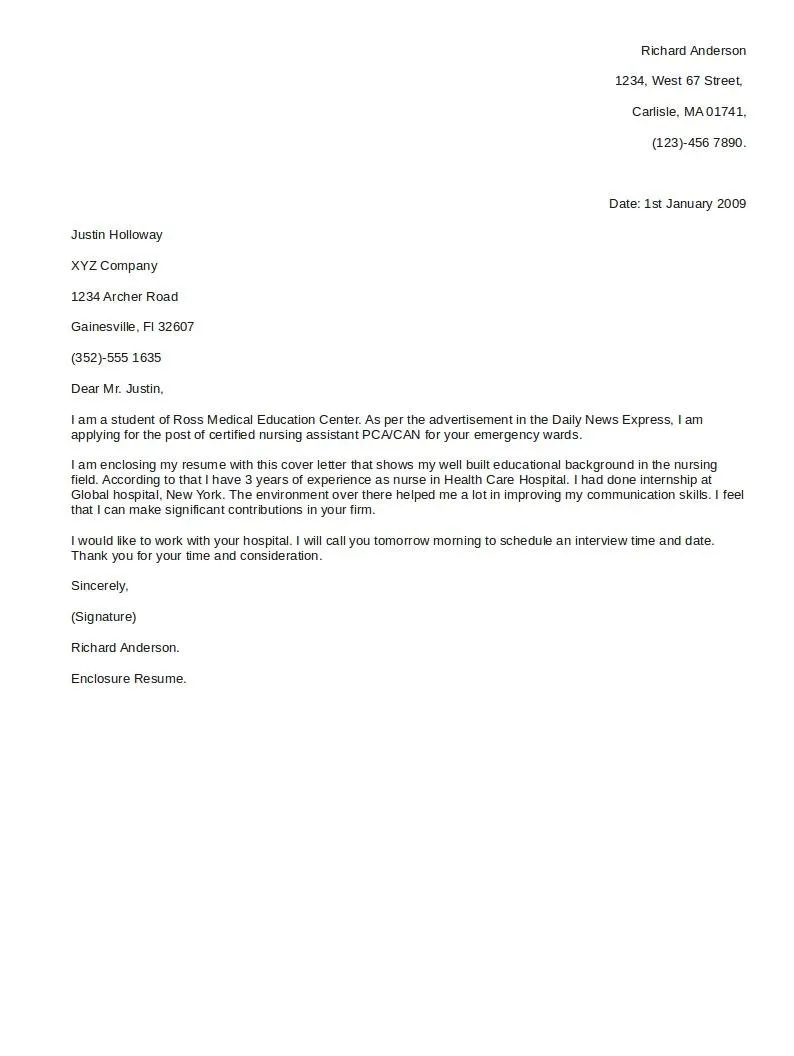
Quantifying your achievements is a powerful way to demonstrate your value and make your cover letter more compelling. Instead of vague statements about your skills and experiences, use numbers and metrics to illustrate your accomplishments. For example, rather than saying ‘Improved customer satisfaction’, you might say ‘Increased customer satisfaction scores by 20%’. Whenever possible, include specific numbers, percentages, or financial figures to showcase your impact in previous roles. Quantifiable results are more persuasive than subjective descriptions. They provide concrete evidence of your capabilities and the value you can bring to the company. Use data to support your claims and make your accomplishments more tangible. This not only highlights your achievements but also shows the employer that you pay attention to details and understand the importance of measuring success. Always ensure the numbers you provide are accurate and reflect your actual achievements.
Addressing the Employer’s Needs
A great cover letter focuses on how you can meet the employer’s needs and contribute to their success. Review the job description carefully to identify the company’s goals and priorities. Demonstrate how your skills and experiences align with their needs and how you can help them achieve their objectives. Frame your accomplishments in terms of the benefits you brought to previous employers. For example, instead of stating ‘Managed social media accounts’, say ‘Managed social media accounts, increasing brand awareness by 30% and generating X number of leads’. Show that you understand the challenges the employer faces and are prepared to address them. Research the company to understand their products, services, and values. By showing how your skills and experience align with the employer’s needs, you can make a strong case for why you are the best candidate for the job. This approach demonstrates your understanding of the role and your commitment to helping the company succeed.
The Closing and Call to Action
The closing of your cover letter should be a concise and impactful summary of your interest in the position. Reiterate your enthusiasm for the opportunity and your belief that you are a strong fit for the role. Express your gratitude for the hiring manager’s time and consideration. Include a clear call to action, such as stating your availability for an interview or expressing your eagerness to discuss your qualifications further. You might also thank the reader for considering your application. Keep the closing brief and professional, avoiding any overly casual or informal language. End with a professional closing like ‘Sincerely’ or ‘Best regards’, followed by your full name. Ensure that your contact information is included in the header and that you have proofread the entire letter for any errors. A well-crafted closing leaves a positive final impression and encourages the employer to take the next step in the hiring process.
Proofreading and Formatting Tips
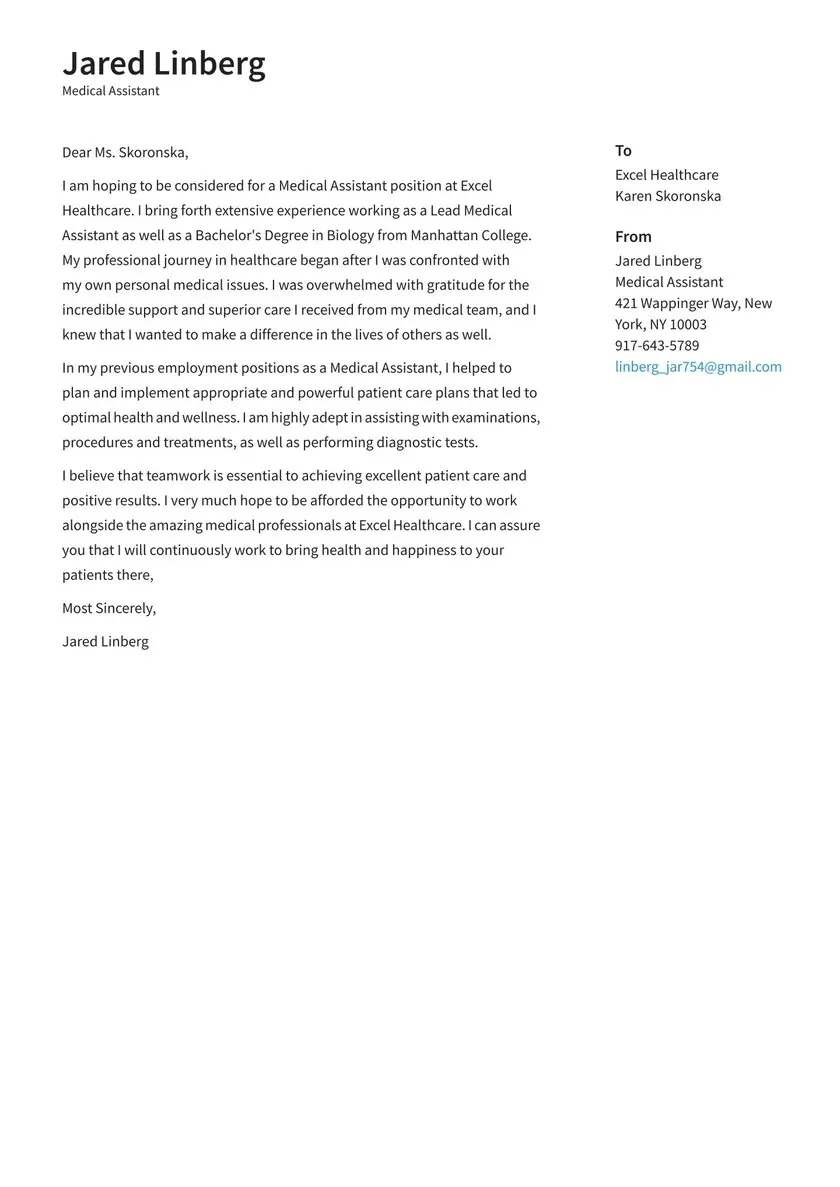
Before submitting your cover letter, carefully proofread it for any errors in grammar, spelling, and punctuation. Errors can undermine your credibility and give the impression that you lack attention to detail. Use a spell checker, but also read the letter carefully yourself, as spell checkers may not catch all errors. Consider having a friend or colleague review your letter to catch any mistakes you may have missed. Pay attention to the formatting of your letter. Use a professional font, such as Times New Roman, Arial, or Calibri, and maintain a consistent font size throughout the document. Ensure that your letter is well-structured, with clear paragraphs and appropriate spacing. Avoid using excessive bolding, underlining, or italics, as these can make your letter look cluttered. Make sure your letter is easy to read and visually appealing. Proper proofreading and formatting demonstrate professionalism and your commitment to excellence, which enhances your chances of success.
Common Cover Letter Mistakes
Several common mistakes can significantly damage your cover letter and reduce your chances of getting an interview. One of the biggest mistakes is sending a generic letter that is not tailored to the specific job or company. Failing to research the company and address the letter to the hiring manager by name is another common mistake. Other errors include typos, grammatical errors, and poor formatting. Avoid using clichés and overly enthusiastic language. Do not simply repeat your resume; instead, provide additional context and expand on your experiences. Avoid including irrelevant information or rambling on about unrelated topics. Remember that the cover letter is an opportunity to present a concise and compelling case for why you are the best candidate for the job. By avoiding these common mistakes, you can significantly improve the effectiveness of your cover letter.
Using the Right Tone
The tone of your cover letter should be professional, confident, and enthusiastic. It should reflect your personality while maintaining a formal style appropriate for a job application. Use a positive and proactive tone, focusing on what you can offer the employer and how you can contribute to their success. Avoid being overly casual or informal. Refrain from using slang, jargon, or overly complex language. Be confident in your abilities and express your enthusiasm for the role and the company. Proofread carefully to ensure that your tone is consistent throughout the letter. Your goal is to strike the right balance between professionalism and personality. The tone you adopt should reflect your professionalism and genuine interest in the opportunity. Using the right tone helps to create a positive first impression and makes you more likely to be considered for an interview.
Example Cover Letter Templates
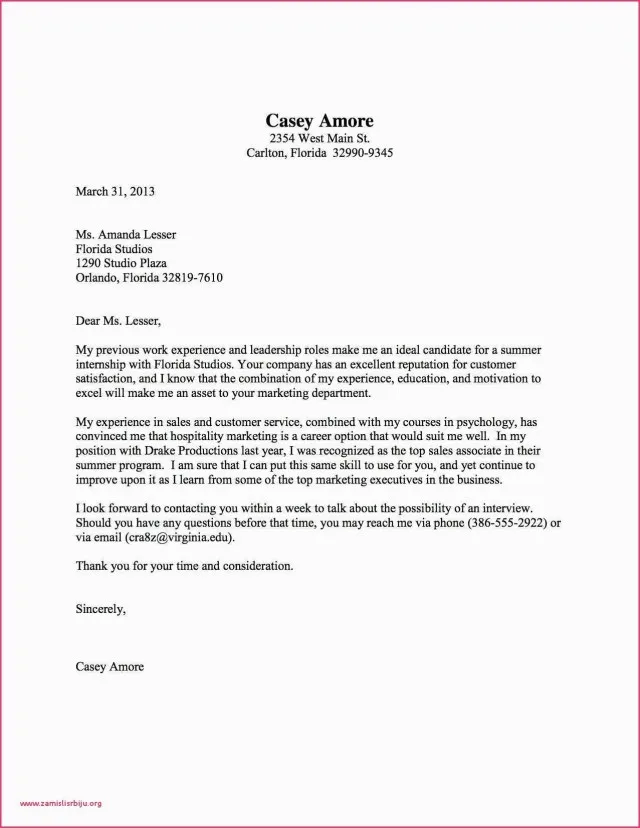
Using a well-designed template can help you create a professional and effective cover letter. Numerous resources offer cover letter templates, from websites specializing in job search advice to Microsoft Word. When selecting a template, choose one that is clean, easy to read, and visually appealing. Ensure the template allows you to highlight the key elements of your application, such as your skills, experiences, and qualifications. Customize the template to reflect your personality and the requirements of the specific job. While templates provide a structure, remember to personalize the content to showcase your unique value proposition. You can find templates for various job types, making it easy to adapt them to different roles and industries. Using a template ensures your cover letter has a professional layout, making it well-organized and easier for the hiring manager to read. Don’t forget to customize the template to ensure it reflects your unique skills and experiences.
